Dupa plasarea solicitării de comandă, in sectiunea Istoric puteti vedea cate solicitări de comandă mai avem de procesat inaintea dumneavoastra
Program de lucru: Luni - Vineri 9:00 - 18:00, pauza 13:00 - 14:00.
Se efectueaza lucrari de mentenanta la site si pot aparea erori. In cazul in care intampinati erori va rugam sa reincercati mai tarziu.
Ridicarea personala este disponibila pentru comenzile achitate in avans. Se pot ridica dupa ce sunt pregatite.
Coş
0
Produs
Produse
(gol)
Niciun produs
Urmeaza a se stabili
Livrare
$0.00
Total
Produs adăugat cu succes la coşul dvs.
Cantitate
Total
0 articole în coșul dvs.
Aveţi un produs în coş.
Total produse:
Total livrare
Urmeaza a se stabili
Total
Reduceri!
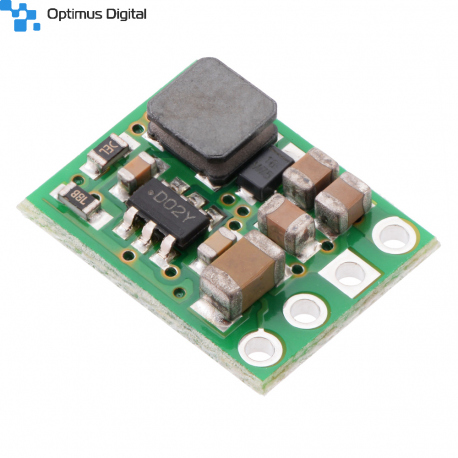 Mărește
Mărește
 Mărește
Mărește
Imaginile sunt utilizate exclusiv cu titlu de prezentare. Fotografiile nu creează obligații contractuale.
Sursă de Tensiune Coborâtoare Pololu D36V6F7 (7.5 V, 600 mA)
0104110000068699
Produs nou
Sursă de Tensiune Coborâtoare Pololu D36V6F7 (7.5 V, 600 mA)
NU ARE PROTECȚIE LA INVERSAREA CONEXIUNILOR DE LA INTRARE!
3 bucati in stoc
Ultimele bucăți în stoc
- Scrie o recenzie
- Elimina acest produs din lista mea de favorite.
- Adauga acest produs la lista mea de favorite.
- Imprimă
Informații
Caracteristici tehnice:
- Tensiunea de intrare: 7.7 ~ 50V;
- Curentul de ieșire maximă: 600mA;
- Tensiunea de ieșire: 12V;
- Dimensiune: 10.2x12.7x2.5 mm;
- Greutate 0.5 g.
Recenzii
Clienții care au cumpărat acest produs au mai cumpărat:
-
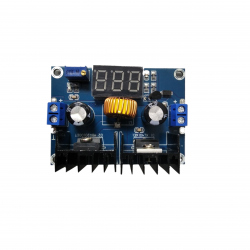
Modul Sursă...
Modul Sursă de Tensiune DC-DC Coborâtoare...
$9.60
-
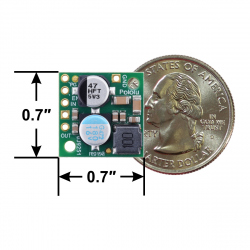
Sursă...
Sursă Coborâtoare Pololu 5 V, 2.5 A D24V22F5...
$34.80
-
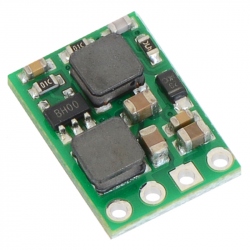
Sursă de...
Pachetul contine: Sursă de Tensiune...
$4.80
-
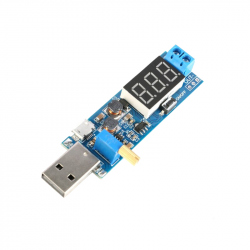
Sursă de...
Sursă de Tensiune DC-DC Ridicătoare cu Afișaj...
$3.81






